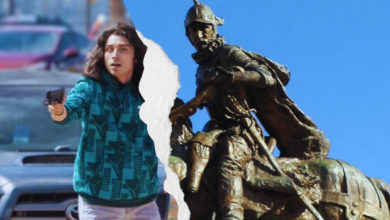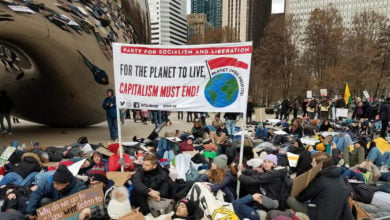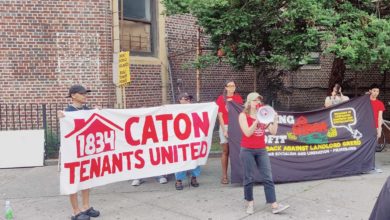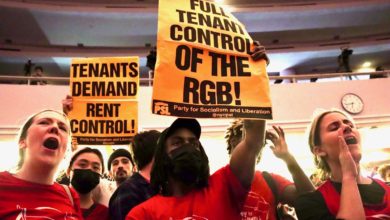Albuquerque, New Mexico is a popular tourist spot in the Southwest. It is seen by both visitors and residents as a place of history and fascination that offers a warmer climate and rural charm. The city, however, is faced with a growing crisis of homelessness. Thousands of people migrate through Albuquerque from across the United States. Currently, the city counts at least 5,000 people as being homeless, though the figure of 8,000 is probably more realistic. Albuquerque Public Schools estimates that at least 3,500 of its student are homeless.
These statistics come from local organizations based on the number of people receiving services for homelessness. While many homeless people visit these facilities, some avoid areas where services are located due to threats from business owners or homeowners who call the police to report them for being in their area.
The state of New Mexico is charged with funding housing for homeless people, but its regulations mandate significant hurdles that make it difficult to find relief.
Albuquerque’s mayor, Tim Keller, is developing a plan to deal with this diverse group’s needs for social aid and housing. In a typical capitalist response, city leaders focus on limited solutions. He has given a higher priority to high-priced but less necessary items like increasing the budget for a failing public transit project and initiating a major police recruitment campaign. Such expenditures limit spending on significant solutions for homelessness.
In one proposed development, city officials recently unveiled plans proposing to build tiny homes that would be a part of the affordable housing program. This tiny home village would be an enclosed community of 25-35 homes. The houses would be 116 square feet with heating, cooling, electricity, and pre-installed furniture. They would not include plumbing; showers, restrooms and kitchens would be in communal buildings. Each “tiny home” is estimated to cost $17,000-$20,000.
The tiny village concept would serve a limited number of people. The sad reality is that many apartments and houses around the city have been left vacant, and the large number of new homes being built every month creates even more vacancies. A program housing people in these vacant units would create a stronger sense of dignity and worth than placement in a tiny home lacking plumbing.
A tiny house village is, however, a small move in the right direction. The major problem currently is finding an area in which to locate the project. Opponents claim that it would drive down property values due to the “uncleanliness and aggressive behavior of the population.” A perfect example of this mentality is evidenced by local executive director of Steel Bridge Ministries which provides temporary shelter for the homeless. Pastor John Hill was quoted as saying that the policies for his facility is: “No tents for the homeless are allowed, because we don’t want to give them a sense of permanency. We want them to leave in the morning when our security rouses them.”
Even more troubling are the more punitive steps being taken by the Keller administration to deal with the homeless population. These steps include an increased police presence and cleaning up neighborhoods by “sweeping” out homeless populations. The most recent example of this strategy is taking place as the city forces homeless people to abandon an established camp so that visitors attending the Balloon Fiesta will not be forced to see them.
The city has also passed an anti-panhandling ordinance. Fortunately, the ordinance is being challenge by the American Civil Liberties Union and the Party for Socialism and Liberation.
The failure of this capitalist system are clearly evident. In Albuquerque, the current minimum wage is $8.80 per hour. In most cases, workers must use 80 percent of their pay for rent (apartments in the city typically range from $600 to $800 a month for a one-bedroom apartment). Landlords profit from people’s need for this basic human right. If tenants are late with the rent or have a financial emergency, they can easily slip into homelessness. During the last fiscal year, both New Mexico and Albuquerque made significant cuts to education and increased taxation on food. Both Income Support and Medicaid Services programs received huge cuts at the state and federal levels this year.
All this takes place while the military budget for new nuclear armaments and research at Kirtland Air Force Base and the Sandia and Los Alamos National Laboratories increased significantly. The need for a new economic system is clear. The misuse of state funds and wasteful spending by the city fails to solve the problem of homeless people living outdoors. Everyone has the right to a living wage and proper housing. Thousands of people grow angry and restless as capitalism fails to provide for our basic needs.





